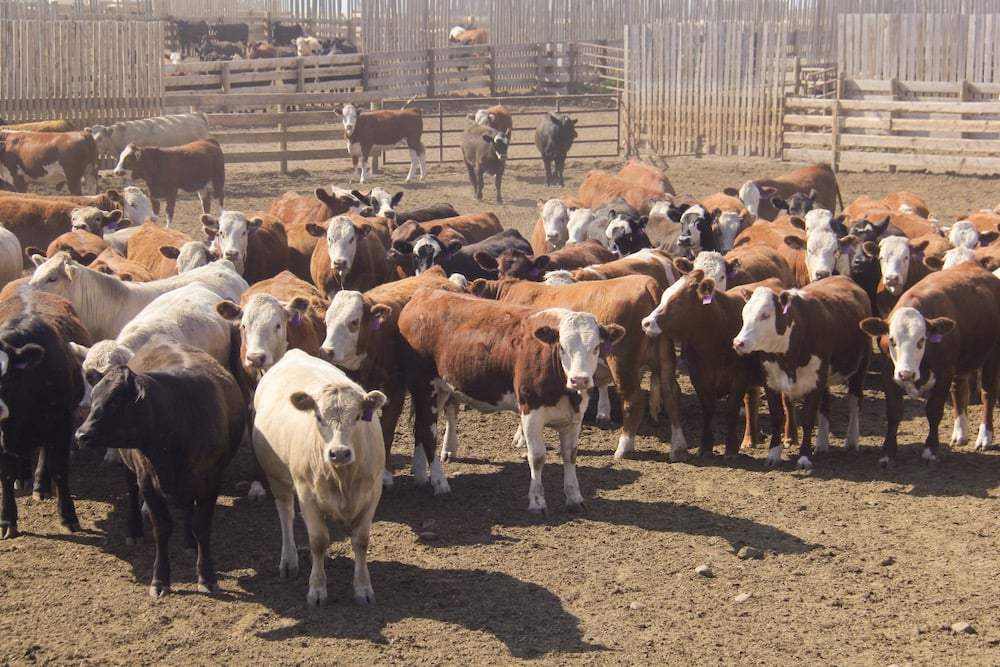MarketsFarm — Although grains analyst Terry Reilly of Futures International said he isn’t expecting any big changes in two upcoming reports from the U.S. Department of Agriculture, he suggested there’s an opportunity for couple of notable alterations.
USDA is scheduled to release its planted acreage and quarterly grain stocks reports on Friday at 11 a.m. CDT. Reilly projected corn acres to increase to nearly 92.4 million this year compared to the 88.58 million USDA said was planted in 2022. He placed soybeans at 87.6 million acres, a little higher than the 87.45 million last year. Total wheat acres are also to increase in 2023 at 49.82 million, versus 45.74 million in 2022.
Read Also

U.S. livestock: Feeder cattle rise to new highs on tight supply, strong cash prices
Chicago | Reuters – Chicago Mercantile Exchange feeder cattle futures rallied on Thursday to a record high on strong cash…
“I think with the potential for large areas of abandonment in the hard red winter wheat country, and the government now expanding the possibility of double cropping… some of the wheat fields could be planted to corn,” he suggested.
READ MORE: Canadian canola, wheat area up on the year
Conversely, Reilly pointed to the late start to spring planting farmers in North and South Dakota had this year, and the hot, dry conditions crops in those two states have contended with so far.
“If we lose a lot of corn acres in the Dakotas, that could easily offset an increase in the southwest, resulting in smaller corn acres,” he said, but cautioned the trade has likely factored that in.
“It’s going to be interesting to see how new-crop prices react, but that also depends on what the USDA puts out for grain stocks,” Reilly said.
The analyst said the report on stocks as of June 1 has often deviated from trade expectations. He pegged corn stocks at 4.29 million bushels, somewhat lower than USDA’s 4.35 million in June 2022. Soybeans were forecast to be 826 million bushels, down from 968 million from a year ago, and all wheat falls to 593 million bushels from 698 million.
“It’s really a flip of a [coin] of what could happen with the grain stocks, because no one really knows what the residuals are for the corn and beans,” Reilly said, noting it’s a different story for wheat as its crop year is already finished.
“Be very cautious on a very choppy trade, not only heading into the report, but right after the report is released,” he advised.
However, once the market has adjusted to the USDA reports, Reilly said they will very likely return to trading on the weather.
— Glen Hallick reports for MarketsFarm from Winnipeg.















